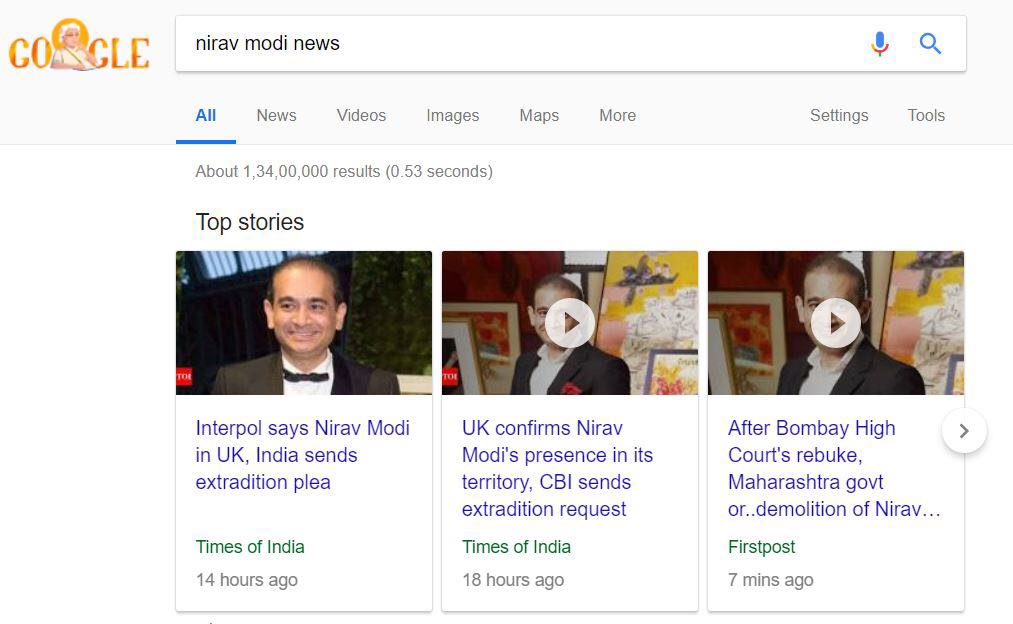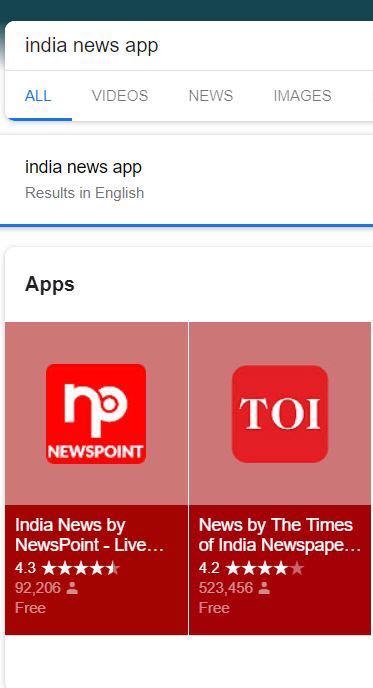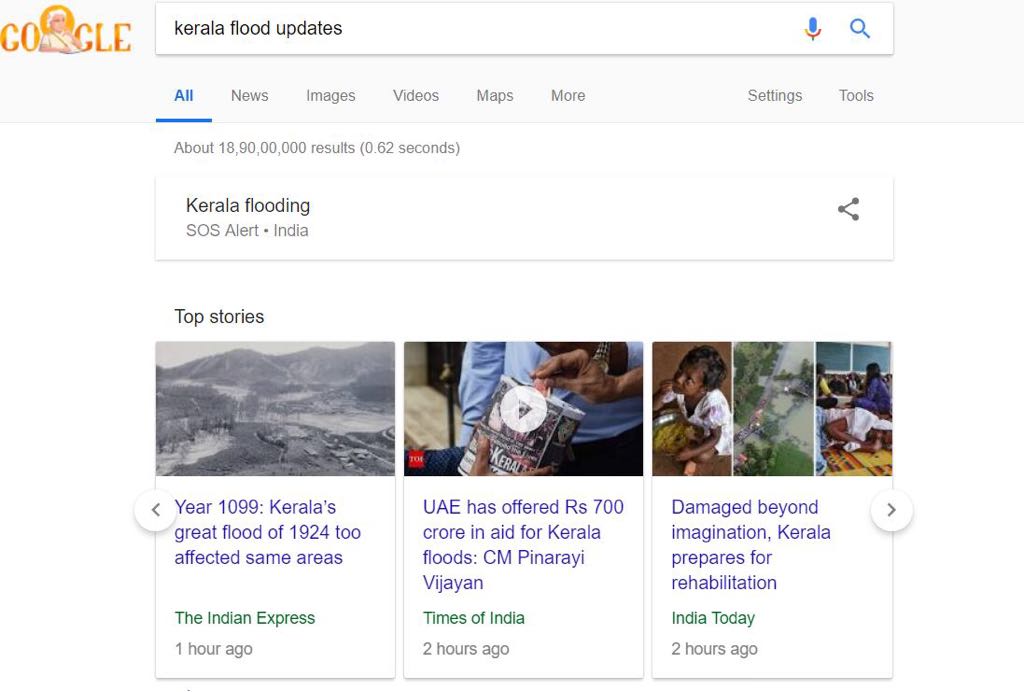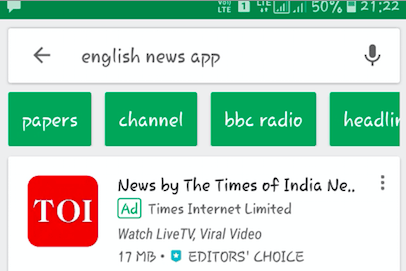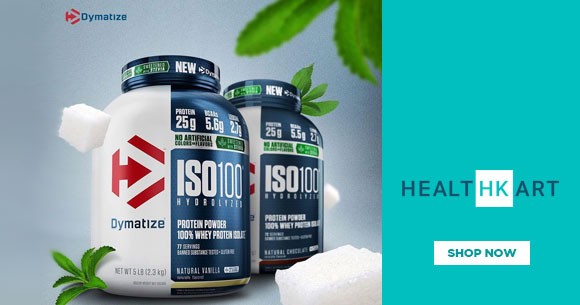Last updated on November 15th, 2022
One dilemma that most of the marketers face is to choose between the very powerful strategies for their brands – SEO and SEM. SEO is about optimizing your website to get better rankings in search results while SEM leads to your brand getting more visitors through PPC or advertising.
who previously worked as the Digital Marketing Manager at Times Internet
About Gur
Gur is an Anthropology graduate with 11 years of experience in Digital Marketing in running campaigns for multiple companies across verticals. He started his career with Google India managing campaigns for US & UK advertisers. Post that, He joined HealthKart- India’s largest online health & fitness store- & managed their entire paid online marketing function. His last job was with Times Internet Limited digital products company where he managed digital marketing campaigns for some of their top products.
About Times Internet
Times Internet Ltd has 39+ digital businesses & its websites are among the fastest growing Web/Mobile based networks worldwide. It is the digital venture of Times of India Group and reaches over 270 million monthly unique visitors who collectively spend over 10 billion minutes across all its products and services.
What is SEM?
SEM or Search Engine Marketing refers to running paid campaigns on search engines. It is used to bring traffic to your site & achieve the business’ goal of bringing traffic to the site or take the desired action on the site like generating a lead or transaction.
What is the role of SEM in your brand’s overall marketing strategy?
SEM plays an important role in marketing strategy to achieve desired business’ results. It provides a quicker way to show your site on SERP & get quicker results. It is an important source to increase & bring additional traffic on your site. Businesses are increasingly allotting more budgets to SEM.
Google AdWords spending increased by 19 percent in 2016, and rose by 21 percent in 2017. In addition, click volume grew by 20 percent (The Marketing Scope)
For example, sites like Times Of India whose goal is to increase traffic on the site & stay ahead of the competition in terms of traffic, used Search engine marketing as an integral part of their strategy. Also, NewsPoint app, winner of Best News App Award by CMO Asia for 2017 & 2018, relies heavily on SEM strategy to get app installs.
What do you think is more important – SEM or SEO?
Both are important as they serve the purpose of driving your business. However, SEM being a paid part, depends on the type of business & the budget you have.
- Free organic traffic from SEO is desired by all but may not fulfil your traffic goals.
- SEM steps in here as an additional source to increase traffic on the site.
- SEO takes time to show results & this gap can be filled by SEM.
- You may not be able to do SEO for all the relevant products but you can use SEM to drive traffic to them.
Explain to us a marketing strategy that integrates both SEO and SEM.
While there is a difference between SEO and SEM, there are some similarities as well.
Two things common to SEO & SEM are keywords & content for the page & ad text. Below are the processes in short.
For SEO, you’ll need to zero in on the products/services whose pages you’d want to appear in the top search results. Based on those, you need to find out keywords create content for their pages. You can use the basic Google Ads Keyword Planner to find the keywords based on the volume of traffic.
To know the traffic as well as organic competition for keywords, you can use tools like KW Finder. Take out the top 100 KWs & use them in your Content’s title, body & rest of the content on the page. Try not to just stuff keywords in content for the sake of it. Content should be original & relevant to the user. Similarly, use the keywords in your on-page SEO like page title, meta title, meta description & others.
For SEM, take out keywords from Keyword Planner for the product or service whose ads you’d want to show on SERP. (For e-comm, Shopping campaigns & ads using Product feed & not keywords are more used these days but do have some keyword search campaigns ready). If you are using the previous Keyword Planner, it will provide related keyword ideas as well as ad group ideas.
You can take ideas from there to create ad groups with a different set of keywords. Make sure that you use the keywords in your ad text as well as the ad is relevant to the landing page of your ad.
Please share with us some campaigns that have done really well
One of the most successful TIL campaigns were in tapping the regional markets with regional language campaigns for driving traffic for some of its brands. Google made a case study out of it. If you see, Google India Year in Search 2017 Report, it says that searches in local languages have increased by 10X & 2 in 3 searches are coming outside of Top 6 Metros.
Search Engine Results For Times (SEO)
SEM Mobile Ad For Times
Talking about e-commerce, HealthKart campaigns for Protein Supplements did great in driving sales volume. The key was to create campaigns with generic keywords based on sub-categories as well as brand & product-specific campaigns.
Any tips to marketers today
- Use a healthy mix of SEO marketing & SEM per your business needs & budget.
- Be patient with SEO marketing. Use both on-page & off-page techniques to get the maximum out of Search engine optimization.
- Set specific KPIs to measure the performance of SEO & Search engine marketing campaigns. Keep a regular check, make changes & optimize whenever required.
- Keep yourself updated with latest changes & releases in SEO algorithm & SEM campaign features & functionalities.
- Finally, your user is paramount. Ensure that your content & campaigns are highly relevant to user needs. If you are able to give the users what they require & give them a delightful experience, your job is done
Conclusion
We heartily thank Gur for providing us with valuable insights on both SEO and SEM strategies. Now, we know that a brand can deliver best results if it effectively combines its search engine marketing strategy with search engine optimization.







